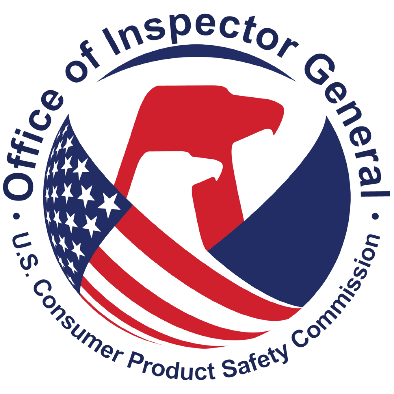Report of Investigation Regarding the 2019 Clearinghouse Data Breach
Open Recommendations
Complete and publish a document describing lessons learned after the BRT completes its work related to this breach.
Determine, document, and implement a structure for the Clearinghouse.
Implement the recommendations from the Human Resources study.

